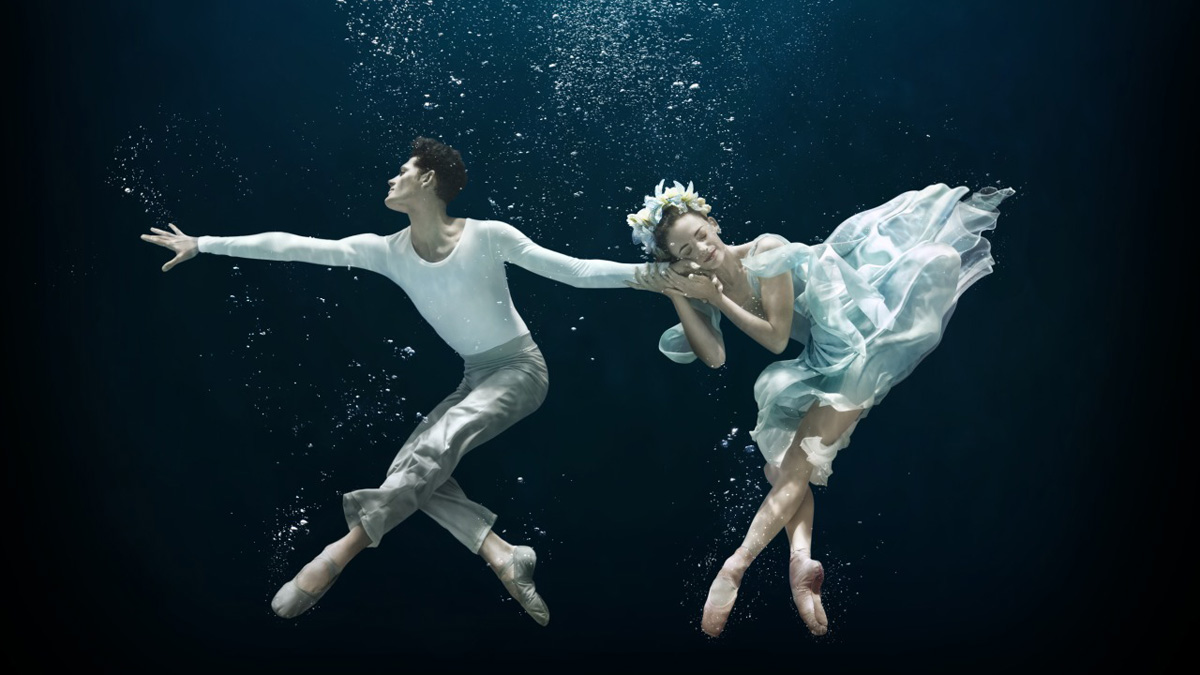John D. Hall Sets the Stage for the Miami City Ballet

This month, the Miami City Ballet will perform the Shakespeare classic, A Midsummer Night’s Dream. John D. Hall won’t be on stage, but his work as the ballet’s production and lighting director will play a central role.
For the first time, the company will feature projected images. The taped video images will be treated as backdrops that create a forest scene on stage.
“I’m really looking forward to how that comes together and how it interacts with the painted scenery, the costumes and the lights,” says Hall, who graduated from NC State in 1988 with a bachelor’s degree in communications.

From yesterday’s clunky lights that required two or three people to move to today’s computer-controlled LED lighting, projected images are among the many advancements that Hall has experimented with in his nearly 30-year career in lighting and production. He lives in Davie, Florida, with his wife and two sons.
Hall, 50, arrived at NC State with plans to become an engineer, but he switched when he realized that his focus was working on productions at Thompson Theatre, not his class work.
After graduation, he interned at the Actors Theatre in Louisville, Kentucky, a prominent regional theater — an intense experience where he worked with several prominent designers. Eventually, he landed a job as a lighting director at a venue in Fort Lauderdale, Florida, where the Miami City Ballet, one of the largest in the country, performed at the time.
In 1995, he became the ballet’s lighting director. Today, he also directs its stage production, including the scenery, props and costumes. He guides the productions at the ballet’s four venues in South Florida. He also goes on the road as it performs around the country and the world.
At the same time, Halls says, the lighting, along with the choreography, music, costumes, props, set and other pieces, must help tell the story of a production. When done correctly, the lighting encourages the right emotional response from the audience through color, texture and other effects. “The lighting designer’s job is to complete the entire stage picture and connect all of the other elements together,” he says.The fundamental purpose behind stage lighting is illumination, but it involves much more than that, Hall says. A lighting designer works to ensure the audience is looking at the right spot at the right time during a performance.
Because there typically are no spoken words or actors in a ballet, Hall must make sure the lighting focuses on the dancers’ bodies through side lighting and shadows. “In a dance piece, the body is telling the story and making the point,” he says. “You want to make sure that the audience can see all of the nuances of the body.”
Hall enjoys the work that has allowed him to travel the world and stay away from a typical 9-to-5 desk job. He has had the opportunity to work with leading dancers and choreographers such as Twyla Tharp and Justin Peck.
And he’s still cheering on the Wolfpack from his South Florida home.
“There was no other place I was going to school,” he says. “I applied to Carolina so I could get accepted and decline. For me, it was one of the really great times in my life to that point. It was very important to me for a lot of different reasons — growing up, but also learning about the industry that I wanted to pursue.”
While he gets to Raleigh from time to time, he tries to get to any games the Wolfpack play in Miami. “My kids are brainwashed already,” he says. “Ask my wife: NC State is a daily occurrence.”
—Sarah Lindenfeld Hall


